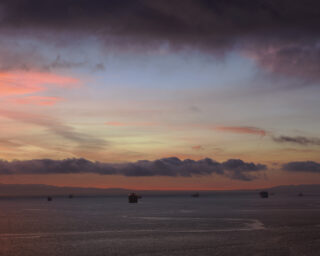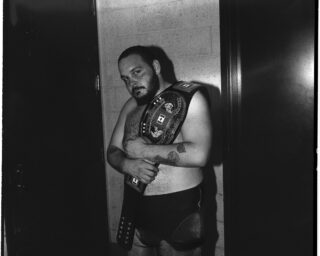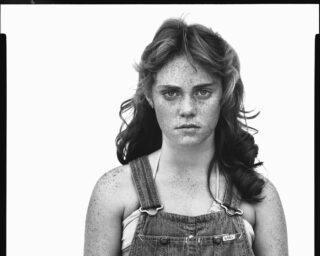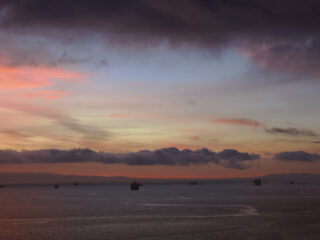Eight Facts You Didn’t Know About Photography and America’s National Parks
This year is the centennial of the National Park Service, established by President Woodrow Wilson. But 1916 was also an important year for photography of the parks. A century ago, at the age of fourteen, Ansel Adams took his first photographs of Yosemite with a Kodak No. 1 Brownie camera, the auspicious start to a lifetime of photographing America’s most stunning landscapes. The history of how the National Parks and photography are intertwined is explored in Aperture’s recent book, Picturing America’s National Parks, which includes stories about how photographers have made both their art and their living amongst the redwoods and the geysers. Here are a few of our favorites.

Roger Minick, Woman with Scarf at Inspiration Point, Yosemite National Park, 1980, from the series Sightseers © the artist and courtesy the George Eastman Museum
1. Carleton Watkins used the assistance of twelve pack-mules to carry his camera equipment through the natural vistas of Yosemite during his 1861 journeys.

Kolb Brothers, Jacob’s Ladder, 2255 Feet Below the Rim, 1913. Courtesy the George Eastman Museum
2. From 1885 to1905, Frank Jay Haynes operated a photography studio within Yellowstone National Park from a Pullman railroad car called the Haynes Palace Studio Car. With his “penny postals,” he established iconic views of Yellowstone—Old Faithful, the Grand Prismatic Spring—and gave rise to the popularity of the photograph in postcard form. Haynes’s studios remained a family-run institution within Yellowstone until 1966.
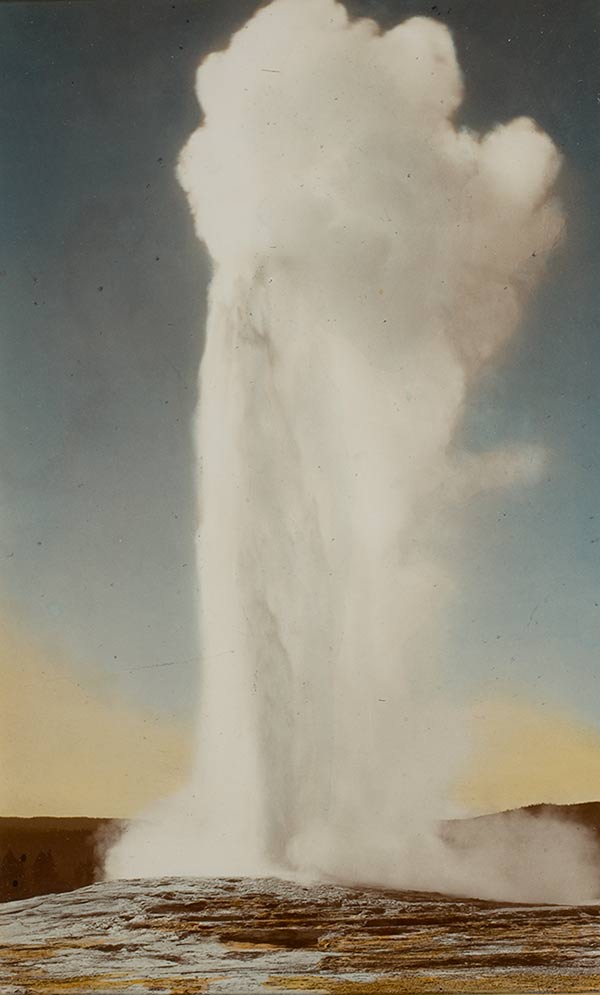
Frank Jay Haynes, Old Faithful Geyser, ca. 1900. Courtesy the George Eastman Museum
3. In 1904, Ellsworth and Emery Kolb had already figured out a way to sell same-day prints to hikers. They set up their photography studio at the top of Bright Angel Trail where they would photograph visitors at the beginning of their trip. Emory would then run down to the freshwater darkroom they had set up further down the trail so that, by the time the visitors finished their hike, the brothers could sell them the freshly-printed images.

David Benjamin Sherry, Sunrise on Mesquite Flat Dunes, Death Valley, California, 2013 © the artist and courtesy Salon 94, New York
4. Ansel Adams began his career in 1919 with the National Park Service by working as a custodian for one of the Sierra Club’s lodges, the LeConte Memorial Lodge in Yosemite National Park. By 1934, he held a seat on the Board of Directors.
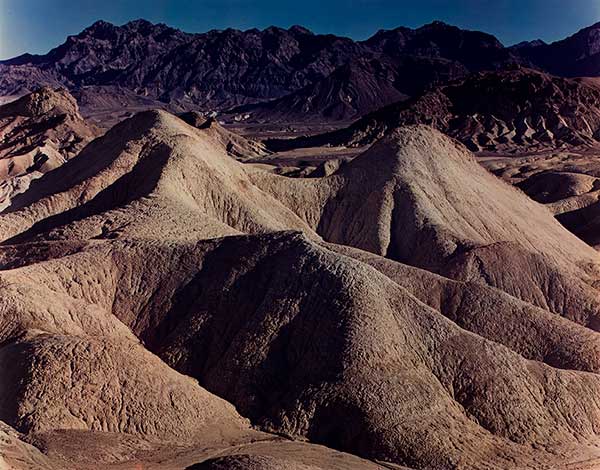
Edward Weston, Death Valley, 1947 © Edward Weston Archive and courtesy of The Center for Creative Photography at the University of Arizona, and George Eastman Museum
5. In the late 1940s, when Edward Weston began to print color photographs of the parks, viewers found the images to be otherworldly and shocking, because black-and-white images of the National Parks had previously been so ubiquitous.

Rebecca Norris Webb, Badlands, 2010 © the artist and courtesy Robert Koch Gallery, San Francisco
6. Even the gift shops and parking lots have been well documented. In the 1980s and ’90s, Roger Minick photographed the way visitors interacted with the National Parks as consumers of nature.

Marion Belanger, Alligator in Swamp, 2002; from the series Everglades © the artist
7. Who knew that Yosemite National Park employs a Chipmunk Researcher? Michael Matthew Woodlee captures the behind-the-scenes lives of the caretakers of the National Parks, from postal workers to maintenance crews and rangers.
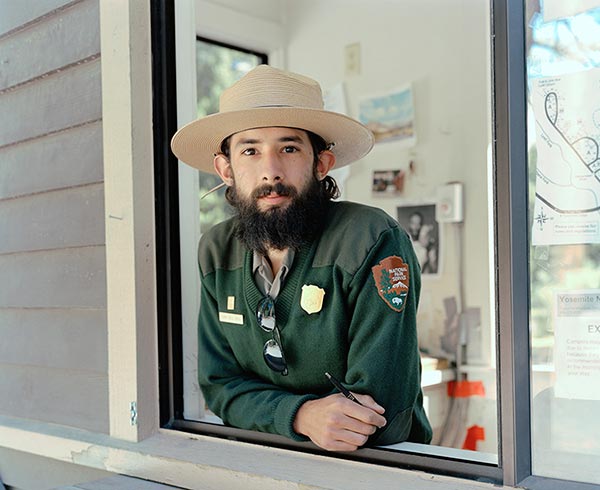
Michael Matthew Woodlee, Chris, Campground Ranger, Tuolumne Meadows Campground, 2014 from the series Yos-E-Mite © and courtesy the artist
8. Photographs of the National Parks were part of the effort to solidify the place of photography in the fine arts realm. The photography group f/64, which was founded by greats such as Edward Weston, Imogen Cunningham, and Ansel Adams used images of the National Parks to further their goals of establishing photography as a fine art medium in its own right.

Jeremy Friedland (@jsfried), Adventure Sandwich, Grand Canyon National Park, 2015 © the artist
While contemporary artists continue to change how these iconic American landscapes are pictured, Instagrammers everywhere have embraced the most famous vantage points, picturing themselves within the same views first photographed by Carlton Watkins, William Bell, and William Henry Jackson. To see a sampling, search for #findyourpark—a social media campaign launched by the National Park Service in 2014 to engage the public in continuing the tradition of supporting, respecting, and preserving the landscapes of the National Parks through photography.
Picturing America’s National Parks was published by Aperture and the George Eastman Museum in 2016.











